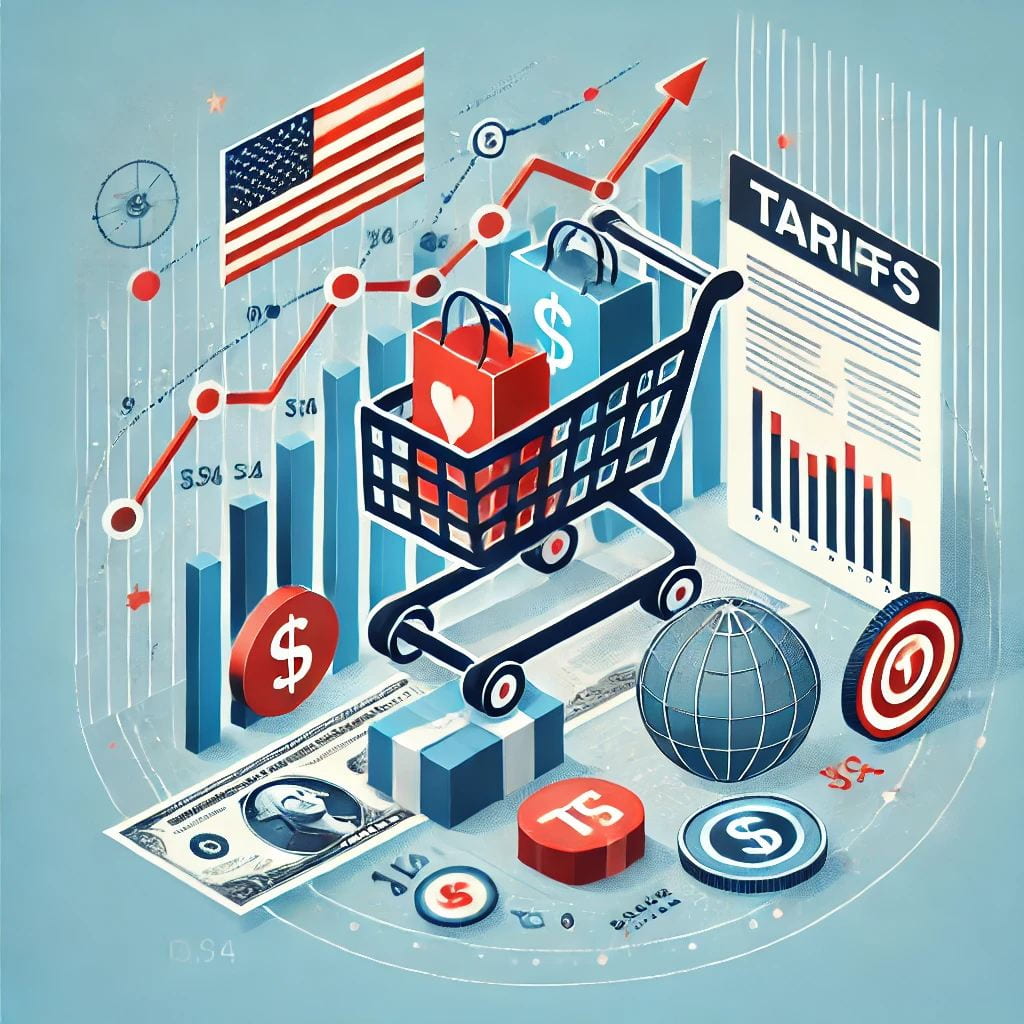Tracking the Short-Run Effects of Tariffs on Consumer Price: Tariffs on imports can raise consumer prices, but the extent and timing of that impact vary. Costs can be absorbed by foreign exporters, domestic firms, or passed through to consumers at the retail level. For the 2018–19 trade war, Cavallo, Gopinath, Neiman and Tang (2021) showed that U.S. firms initially absorbed most of the tariff burden, resulting in limited price increases at the retail level. In our new study—Tracking the Short-Run Price Impact of U.S. Tariffs (Cavallo, Llamas, Vazquez, 2025)— we examine the effects of the 2025 tariff measures in real time using high-frequency pricing data and product-level detail.
This page has more up-to-date results than the paper. For methodological details and additional analysis, please read the paper:
Data on this page updated through
Data and Methodology
To measure the impact of the 2025 tariffs, we construct daily price indices using online data from five major U.S. retailers. These prices are collected on a daily basis by PriceStats. We obtained detailed information on country of origin and tariff classifications for about 350 thousand goods, sourced through UPC lookups or generative AI model. We use a simple unweighted matched-model approach to build the price indices, tracking the products over time and chaining geometric averages of daily price relatives within each group. The resulting indices provide high-frequency, real-time insights into how tariffs affect consumer prices by country and exposure. See more details in the paper.
Imported and Domestic
This figure plots daily unweighted price indices for goods sold by four major U.S. retailers, classified as either domestic or imported. Only products with identified country of origin are included. Each index is normalized to one at the initial observation date.
Domestic Goods in Affected and Unaffected Categories
This figure shows daily price indices for three product groups: imported goods, domestic goods in tariff-affected categories, and domestic goods in unaffected categories. Affected domestic categories include either (1) HS codes subject to tariff changes or (2) COICOP categories with more than 50% of items classified as imported.
By Country of Origin
Main Trading Partners
This figure displays separate daily price indices for products identified as originating from China, Mexico, Canada, and the U.S. Products are grouped based on country-of-origin information obtained through UPC-based matching or generative AI prediction.
Download the data for this graph
Other Countries
| Country | Price Change | vs. Pre-Tariff Trend | Applied Tariff | Statutory Tariff |
|---|---|---|---|---|
| (Lagged) | (Latest) |
By Sector
Main Categories
| Category | Price Change | vs. Pre-Tariff Trend | ||||
|---|---|---|---|---|---|---|
| All | Imports | Domestic | All | Imports | Domestic | |
More Detailed Categories
| Category | vs. Pre-Tariff Trend | ||
|---|---|---|---|
| All | Imports | Domestic | |
Download the data for this graph
Cheap vs Premium Varieties
This figure shows separate daily price indices for imported products across different price tiers, classified before the tariffs were implemented. Specifically, we calculate average prices between October 1, 2024, and March 4, 2025, and divide goods into quartiles within narrowly defined categories. The lowest-priced products fall into the first quartile, while the most expensive, or premium, varieties fall into the fourth. We then construct and plot the corresponding price indices over time.
Download the data for this graph
Cumulative Impact on all-items CPI (CPI-U NSA)
Download the data for this graph

